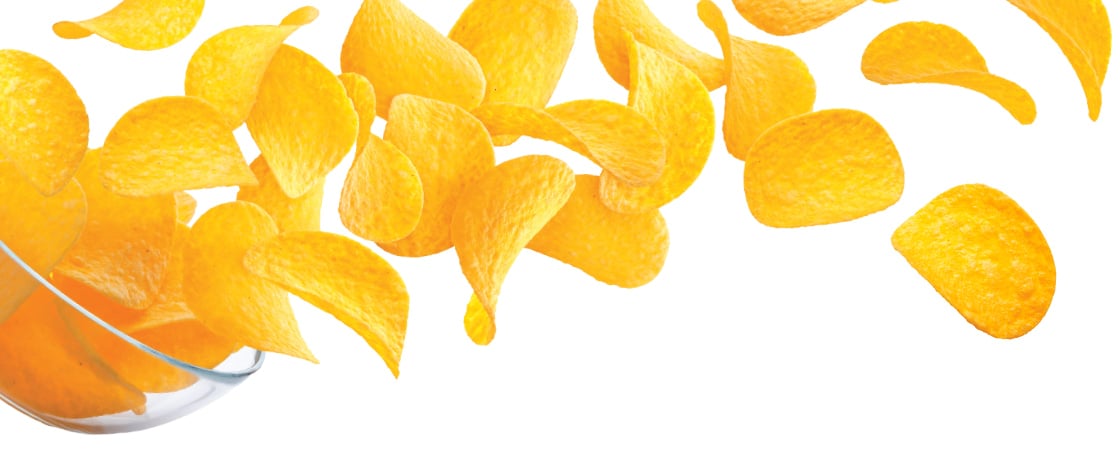Humans have been eating potatoes in one form or another for thousands of years. Scientists believe that potatoes were first grown in ancient times high up in the Andes Mountains in South America. In 1532, while trekking through the Andes, Spanish explorer Francisco Pizarro and his team witnessed locals eating a vegetable he’d never seen before. When Pizarro sailed back to Spain, he brought the tasty tuber with him. Eventually, the potato made its way across Europe and then to North America, where—whether boiled, baked, or mashed—it became a staple.
According to some accounts, President Thomas Jefferson is the one who introduced Americans to thinly sliced, fried potatoes after sampling them in Paris, France. He loved the dish so much that he obtained the recipe and served it to guests at the White House in the early 1800s. These “french fries,” as they came to be known, soon appeared on menus across America. It wasn’t long after that, thanks in part to Crum and his finicky french fry customer, that the potato chip was born.

